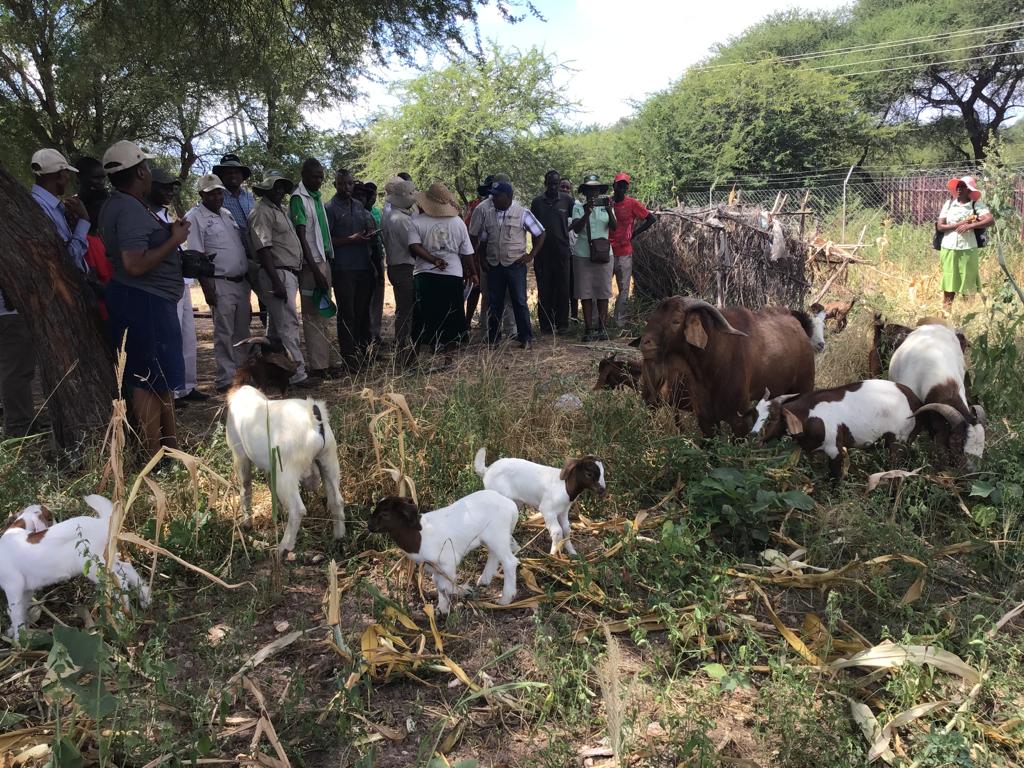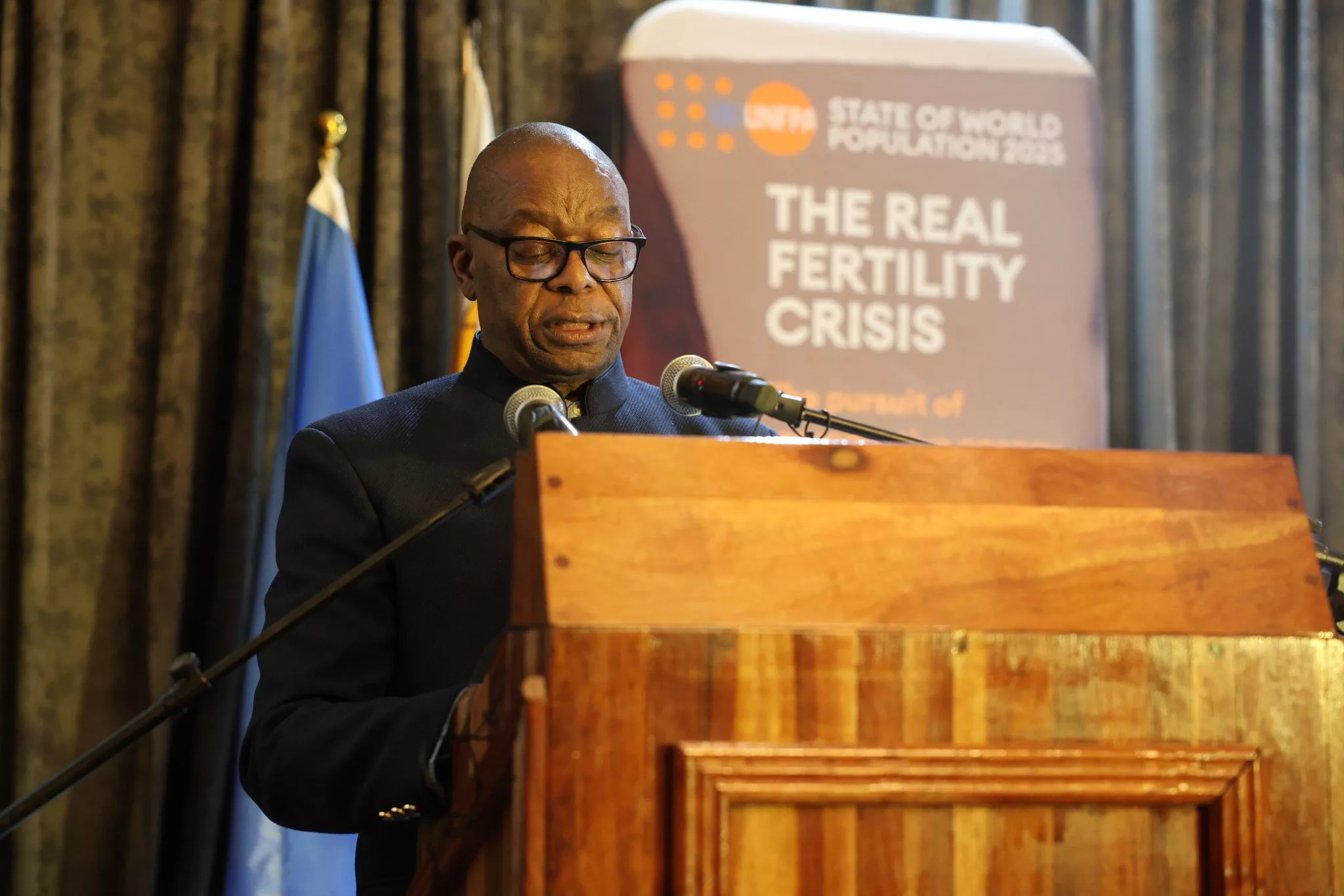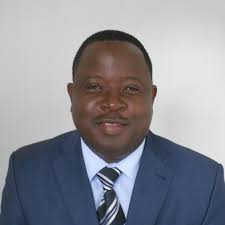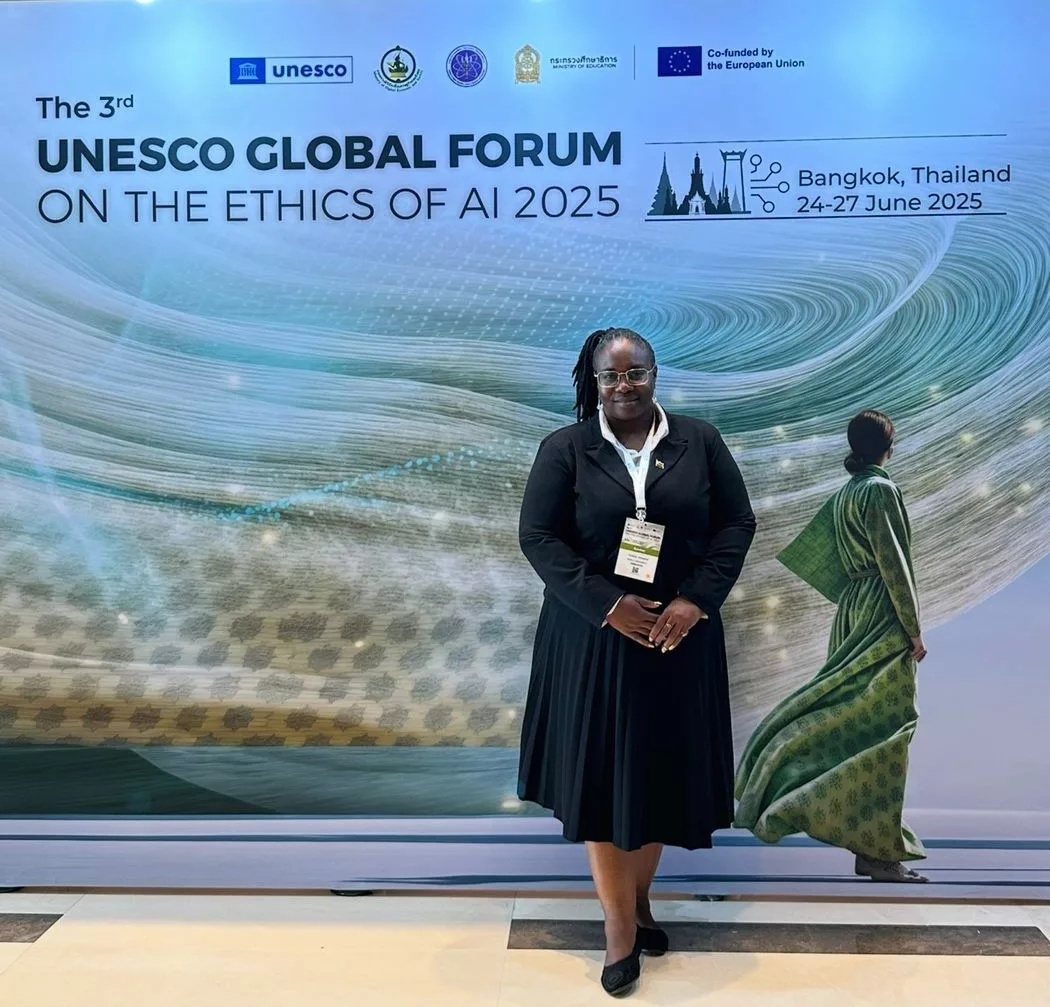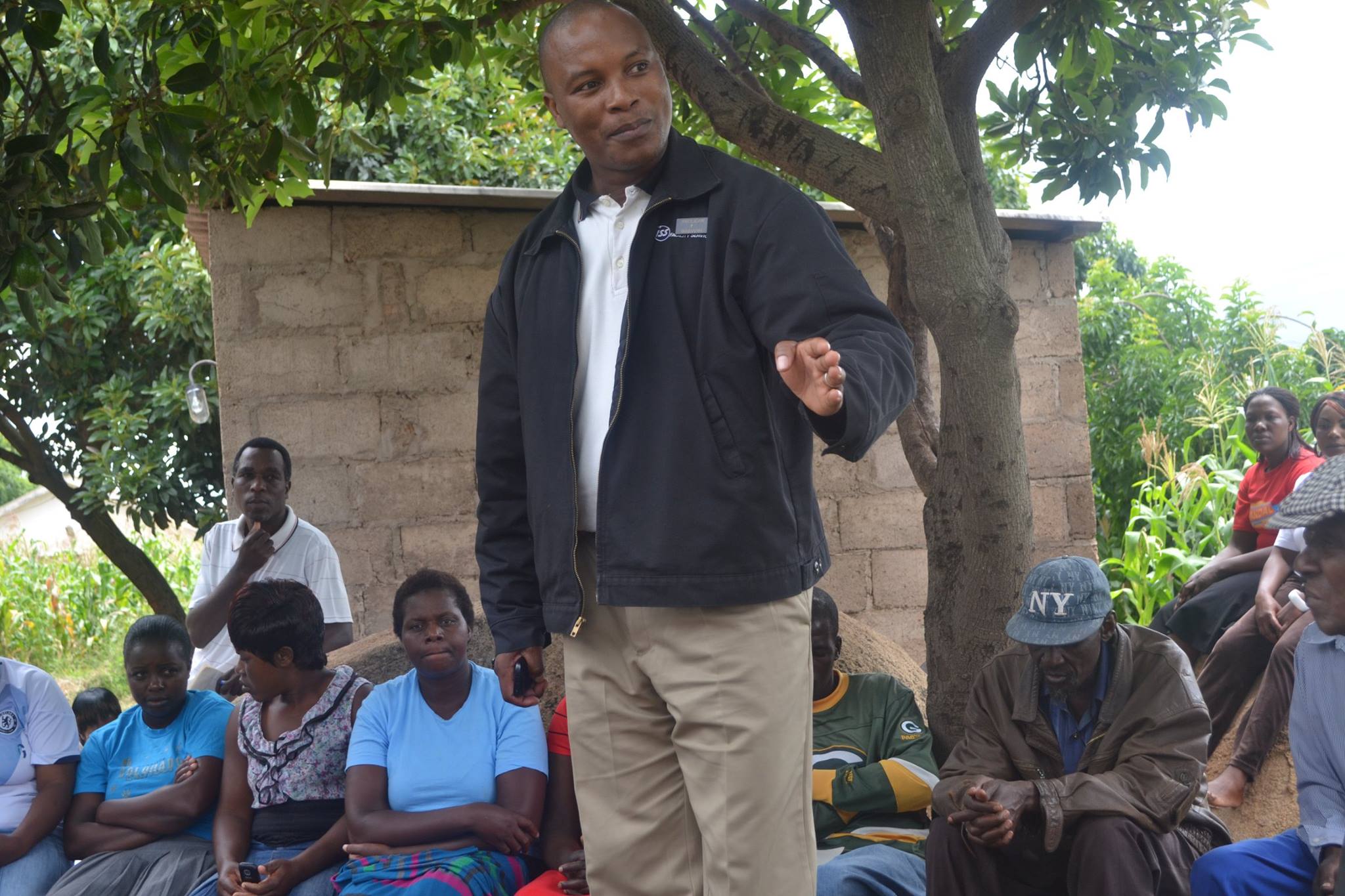|
Getting your Trinity Audio player ready...
|
As government spearheads Sustainable Wildlife Management Programme (SWMP) in Binga, there was a site visit to the arid district by the Secretary for Environment, Climate, Tourism, and Hospitality Industry Ambassador Raphael Tayerera Faranisi last week.
Zimbabwe is a well-endowed country with flora and fauna and it is a sought-after destination because of all that it offers. In this regard, wildlife conservation is a very important component as it protects the species by ensuring their survival and educating people about how they can live in harmony with other species sustainably.
On the 13th of April 2023, the Secretary for Environment, Climate, Tourism and Hospitality Industry Ambassador Raphael Tayerera Faranisi led a delegation of Parastatals (Zimparks, Environmental Management Agency, Zimbabwe Tourism Authority and Forestry Commission) under the Ministry on a site visit to the Sustainable Wildlife Management Programme (SWMP) in Binga.
The mission was organised to assess the progress and achievements of the SWM Programme in Binga wards 3, 4 and 5 which are part of the Mucheni Conservancy (the area is part of the Kavango-Zambezi Transfrontier Conservation Area (KAZA).
The SWMP is a seven-year (2018-2024) international initiative which is funded by the European Union with a tune of $5,5 million to improve the conservation and sustainable use of wildlife in forest, savannah and wetland ecosystems.
The SWM Programme is being implemented by a dynamic consortium of partners with expertise in wildlife conservation and food security. These are the Ministry of Environment, Climate, Tourism and Hospitality Industry, the Food and Agricultural Organisation (FAO), the French Agricultural Research Centre for International Development (CIRAD), the Center for International Forestry Research (CIFOR) and the Wildlife Conservation Society (WCS).
The delegation visited Wards 4 and 5 to have an appreciation of the work being done. Ward 5 had its social centre rehabilitated and 1 borehole rehabilitated from manual to solar-powered for use by the community. The provision of water is critical for the support of livestock programmes and alternative livelihoods. The borehole feeds into two 5000-litre tanks and supplies water to the clinic and Nsenga Primary and Sinakoma Secondary schools. Another borehole was drilled at Muplansi Rangers campsite approximately 15km from the social centre.
Ward 5 also received 12 improved breeds of goat bucks (5 Boer and 7 Kalahari) of which 10 are surviving and have sired 237 kids (January 2023). The bucks are being reared by community members across the six villages in Ward 5. Beneficiaries are villagers who expressed interest in the component and had the facilities to hold the goats. Bucks are also loaned to other villagers for mating within the ward.
The social centre located at Nsenga Business Centre was rehabilitated under the project and is used for community meetings and events including those of the SWM project. At the time of the visit, the delegation witnessed the role-playing games workshop for beekeepers and livestock groups in progress at the Ward 5 social centre.
Ward 4 is the epicentre of Mucheni as this is where the conservancy started. The ward has benefited from the SWM project and also had one social centre rehabilitated and fenced and this is where the community hold meetings and events including those of the SWM Project. Two boreholes were drilled one each at Makula Resource Monitors Campsite and Makondo village for the community. Twelve goat bucks (5 Kalahari and 7 Boer) which have since sired 106 kids (January 2023) were also supplied. Out of the 12 bucks, 6 are surviving.
In ward 3, a borehole was drilled at Chilamba Village and was equipped with a solar pumping system for use by the community and their livestock. One social centre was rehabilitated and fenced for use as a meeting place by the community and SWM meetings are also held at the facility. Twelve goat bucks were issued to the community in Ward 3 of which 5 are surviving and had sired 80 kids as of January 2023. The Resource Monitor Campsite for Ward 3 was set up in the Kabozo area.
In 2020, SWM Project facilitated the training of 18 Resource monitors at Mushandike College of Wildlife in Masvingo. Their duties include Data collection using tools developed by the project (MOMS); data analysis for MOMS monitoring system, awareness creation in communities/environmental committees on natural resources management; antipoaching patrols, implementation of project activities and providing technical support to official environmental committees.
The SWM Project provides a bicycle and a mobile phone for each Resource Monitor for mobility and communication respectively. Each Resource Monitor is also provided with uniforms, field books for data collection under the Management Oriented Monitoring System (MOMS) and a GPS unit for each team on duty. Resource Monitors have been receiving continuous training on MOMS since 2021. Each monitor receives a monthly financial allowance from the project. Teams of 3 Resource Monitors operate on 2-week long duties and rotate at the end of the fortnight. The establishment of these campsites has significantly reduced poaching incidences in the conservancy due to increased patrol effort and improved reaction time to cases. At least 40 snares were removed in November 2022 in ward 4 and these were handed over to the Rural District Council (RDC).
As a strategy to further address Human and Wildlife Conflict (HWC), the project also established Fifteen (15) Farmer Field Schools (FFS) across the three wards in collaboration with Agritex to demonstrate agroecology and HWC mitigation tools/approaches. The FFS targets farmers and selected villages and contributes to R2 wherein HWC is mitigated to enhance food security.
The SWM project introduced an initial 10 bomas to demonstrate the mitigation of wildlife-livestock conflicts. There are 3 bomas in Ward 3; 4 in Ward 4 and 3 in Ward 5. Ward 4 has a high population of predators, largely hyenas, and hence has more bomas than the other two wards. The bomas are used on rotational bases in the villages and serve to both protect livestock and improve soil fertility where they will be set up. The project envisages supplying 24 more bomas to Wards 4 and 5 by the end of April 2023.
The project also rehabilitated Dongamuse Cattle Race and Nsenga Dip tank in Ward 5; Sinansengwe Cattle race and Mucheni Dip tank in Ward 4 as well as Nagangala Dip tank in ward 3. The races and Dip tanks are contributing to livestock health and community well-being and thus contributing to Result 3 of the project, which focuses on the creation of alternative protein and income sources.
The SWM Project is working in close collaboration with the Department of Veterinary Services (DVS) who provide trainings and technical support to goat beneficiaries. The project also assists with veterinary drugs and equipment such as syringes, needles and ear tags.
The project also introduced apiculture projects in all the 3 wards. In Ward 4 there are 15 beehives being managed by community members trained in previous natural resources management projects. Of the 15 hives, 5 have been colonized and the community has harvested honey once for local consumption. Ward 3 has 5 hives whilst Ward 5 also received 10 beehives from the project. Ward 3 has experienced very low colonization rates due to inadequate forage and water in the Ward.
A total of 107 animals (79 Impala, 10 Kudu and 18 Zebra) were introduced in Mucheni at Makula Camp in May 2022. During their patrols, Resource Monitors observed that Impala and Zebra have started dropping kids. The tracking system installed for monitoring the movement of introduced animals is unfortunately not working properly and efforts are being made to rectify the problem.
The Secretary Ambassador Raphael Tayerera Faranisi applauded the communities for spearheading the issues of reducing Human-Wildlife Conflict in Binga. He also encouraged the community to continue taking good care of their natural resources as they play an important role in people’s lives and they are essential to the world’s economic, social and environmental well-being.
The FAO Representative in Zimbabwe, Dr Patrice Talla, also applauded the community for the good work they were doing in protecting wildlife.
The European Union SWM Programme Manager Louis de Toures commended the good efforts being done by Zimbabwe in sustaining wildlife conservation and he also said that as EU they will avail another funding which will run from 2023 to 2029.
Ward 4 Councillor Elmon Mudenda appreciated the SWM Programme for the generous support in the area of skills/capacity enhancement for rights holders including training of resource monitors, livestock groups and infrastructural development in the form of drilling/rehabilitation of boreholes, rehabilitation of social centres and establishment of campsites one in each ward for use by resource monitors.
Present at the Binga site visit was also the CIRAD operations manager Sebastian Lebel, Site Coordinator for SWM Programme Mr Maxwell Phiri, Zimparks Director for Scientific Research Professor Edson Gandiwa, EMA Matebeleland North Regional Manager Mrs Chipo Zuze Mpofu, Deputy Director Environment Mr Abraham Matiza, Deputy Director Local Government Mrs Gloria Roundi and the Zimbabwe National Focal Point for SWM Programme Mrs Angela Kabira and other Senior Government Officials.


